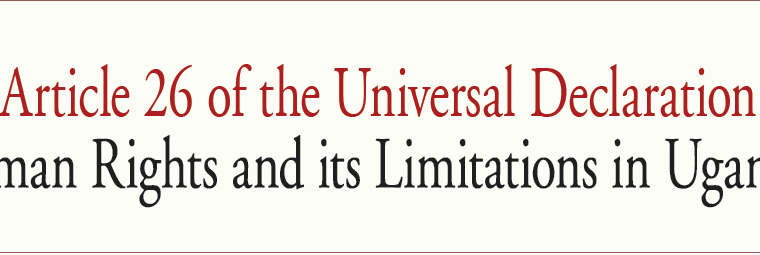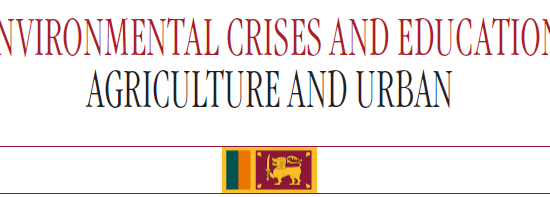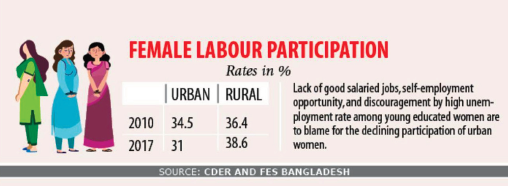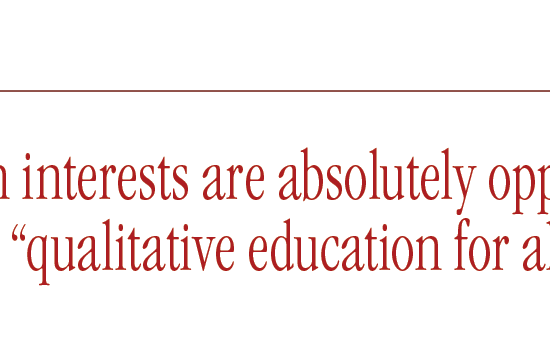Dr. Innocent Muramuzi
Valley University of Science and Technology – UGANDA
On December 10, 1948, a concrete foundation for humanity was laid. This was the birth of the Universal Declaration of Human Rights; a document that many nations have incorporated in their national constitutions. Unfortunately, many of them have not fully operationalised it due to a host of many challenges and limitations.
The old adage that easier said than done has never been evident than today when it comes to the implementation of UDHR. Despite the incorporation of the UDR in most national constitutions, facts on the round depict to the fact that many school going children are not going to school especially in the less developed world.
In the early years of universal primary and secondary education in Uganda, there were massive enrolments of over 200%. This was really good news to everyone. Unfortunately, because of several encumbrances on the side of the learners, parents, schools and the system, the completion rates were despicably decimal.
Cases of market size classrooms, insufficient infrastructure like furniture, places of convenience, limited or no teacher’s residences, insufficient instructional materials, paltry capitation grants which are usually released late are some of the many challenges surrounding the implementation of Article 26 of the Universal Declaration of Human Rights.
In a study carried out by Dr. Innocent MURAMUZI in Mukono district of Uganda entitled, A Universal Right as a Limited Right: Challenges of Basic Human Right to Universal Secondary Education in Mukono District of Uganda, it was found out that the programme of universal secondary education was a step in the right direction in the implementation of UNESCOs desire to have every school age going child to go and stay in school, but the challenges surrounding the implementation and sustainability of the programme have not allowed it to achieve its intended objective.
These challenges however affected the girl child more than the boy child. Most of the dropouts were found to be girls because of their inability to walk long distances in some sub-counties where the universal secondary schools were far, the preference by parents to pay the school fees for the boys first leaving the girls to stay at home thereby making them hate the school the more, inability to provide scholastic materials by themselves compared with the boys, inability to maintain body cleanliness especially during their monthly biological obligations and a host of other issues. It was recommended that government as well as other non-governmental organisations in the education subsector need to plan and reserve a sizeable amount of resources so that education becomes free, universal and even compulsory.











